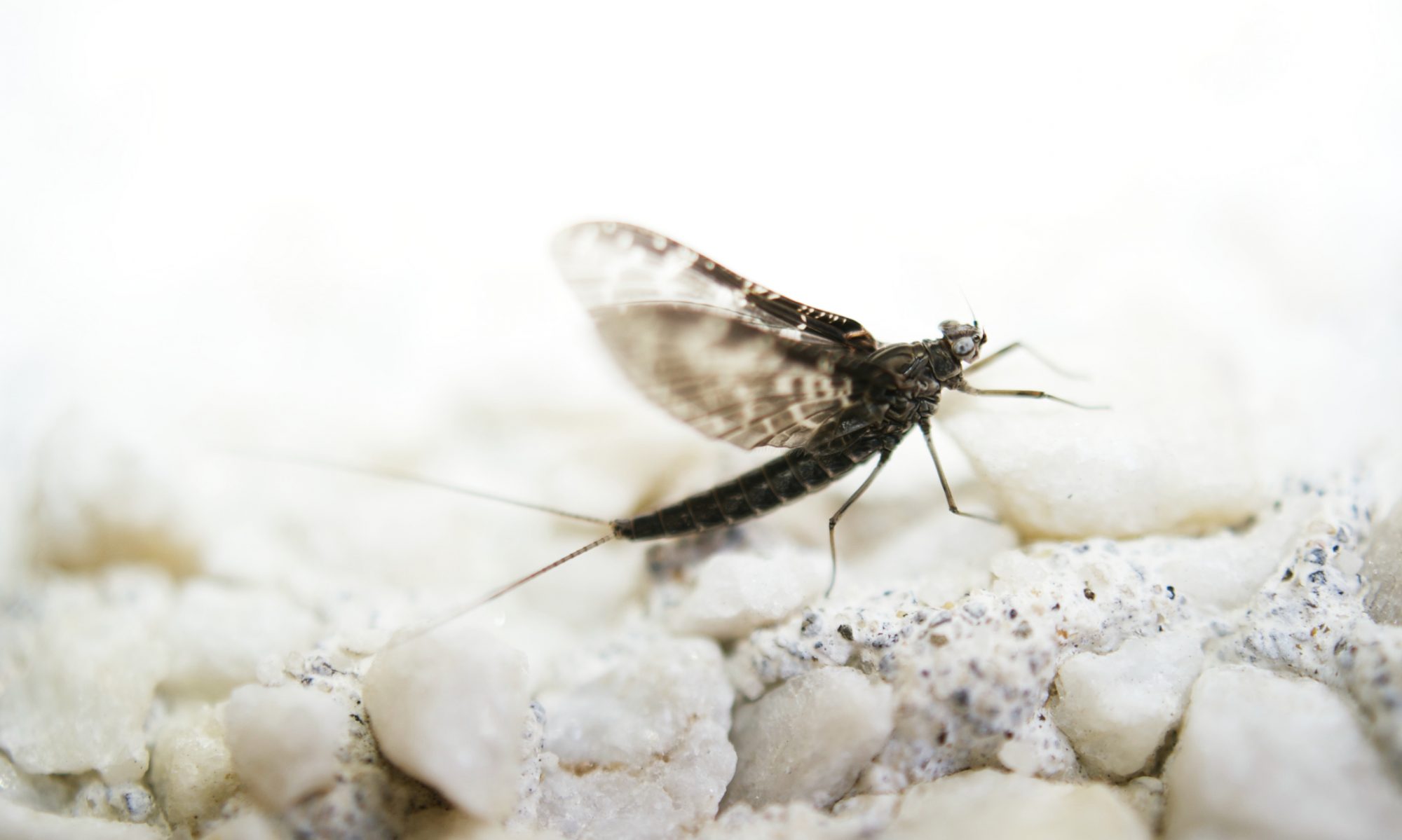Many of you have probably heard that neonicotinoid pesticides seem to be responsible for negative effects on various pollinators, including bumblebees and honey bees.
With limited time today (and for this entire week), I won’t add much more than that right now, other than to say that others have written a ton about it already. So check out some of the links that I’ve provided for some background information.
But, I do have a reason for this brief blog post. It turns out that the Canadian government, via the Health Canada Pest Management Regulatory Agency (PMRA) are starting to take some notice and have issued a notice of intent to begin consultations on this subject. The notice of intent gives 90 days for interested parties to comment.
Some quotes from the notice of intent:
…in spring 2013 with more typical weather patterns, we continued to receive a significant number of pollinator mortality reports from both corn and soybean growing regions of Ontario and Quebec, as well as Manitoba. Consequently, we have concluded that current agricultural practices related to the use of neonicotinoid treated corn and soybean seed are not sustainable.
Bee health is a complex issue that goes beyond the incidents in 2012 and 2013 and may involve a number of additional factors, including parasites, disease and climate. Health Canada’s PMRA is currently conducting a re-evaluation of all uses of neonicotinoid insecticides in cooperation with the United States Environmental Protection Agency (US EPA) as part of the work being done with international partners. We are expediting this re-evaluation, which will help us better understand and manage potential risks these pesticides may pose to long-term bee health.
A few things to keep in mind:
- Although the notice of intent seems to mainly target dust-related problems – and pesticide-laced dust is definitely an issue – it’s not the only issue.
- Neonicotinoids are systemic pesticides. That means that they end up in the plant’s tissues. This is why they are very effective against herbivores (and why they were touted as such a great thing) because they are mainly targeted at things that are eating plant tissues. But the pesticide also ends up in the pollen and nectar, and that is what bees and other pollinators forage on.
- On that topic, it’s not just honey bees that are affected. Bumblebees, as noted above, are also known to be vulnerable. In addition there are many other native pollinators – bees and otherwise – that are likely to be affected (and honey bees are not native pollinators in North America).
- Many other organisms and ecosystems may be harmed by this class of pesticides, including fish, birds, non-pollinating insects, and soil microorganisms. This article is a decent synopsis.
It’s good to see something resembling traction on this issue emerging here in Canada.
If anyone feels so inclined, the notice of intent contains instructions for making a statement on the continued use of neonicotinoids in Canada.
